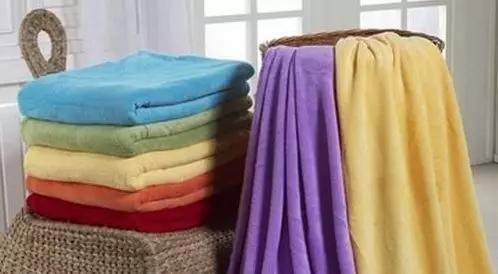Flannel
Flannel suits have been a must-have for fashionistas for more than a hundred years. From Fred Astaire, Harry S. Truman, Walt Clyde Frasier, Gianni Agnelli to Kanye West, the soft touch and excellent warmth are full of fascinating magic.
Nirvana, a popular band in the early 1990s, started the trend of wearing flannel shirts. Influenced by the grunge music style, the dress at that time also became more casual. , Rough and straightforward line, whether it is a flannel shirt with a T-shirt underneath, or home textiles, men’s formal wear is very common.
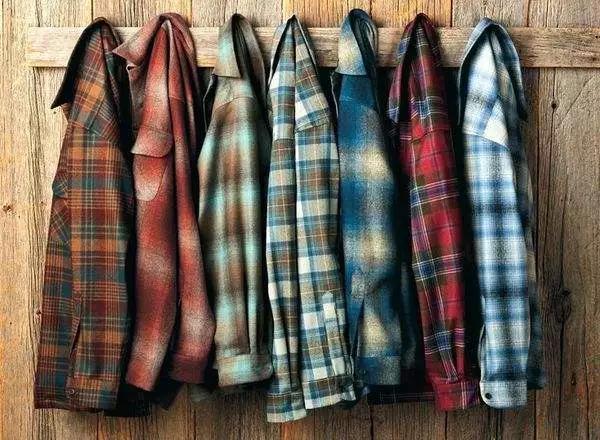
The word flannel (Flano, Flannel) is a foreign word. It is a soft and suede fabric woven with carded (cotton) wool yarn. (cotton) wool fabric
. Created in Wales, England in the 18th century
. In China, it generally refers to a carded-style woolen (cotton) wool fabric made of mixed-color carded (cotton) wool yarn. It is covered with a layer of plump, fine and clean velvet, without revealing the texture. It feels soft and smooth, and its body and bones are better than wheat. Where’s Elden?
Slightly thinner.
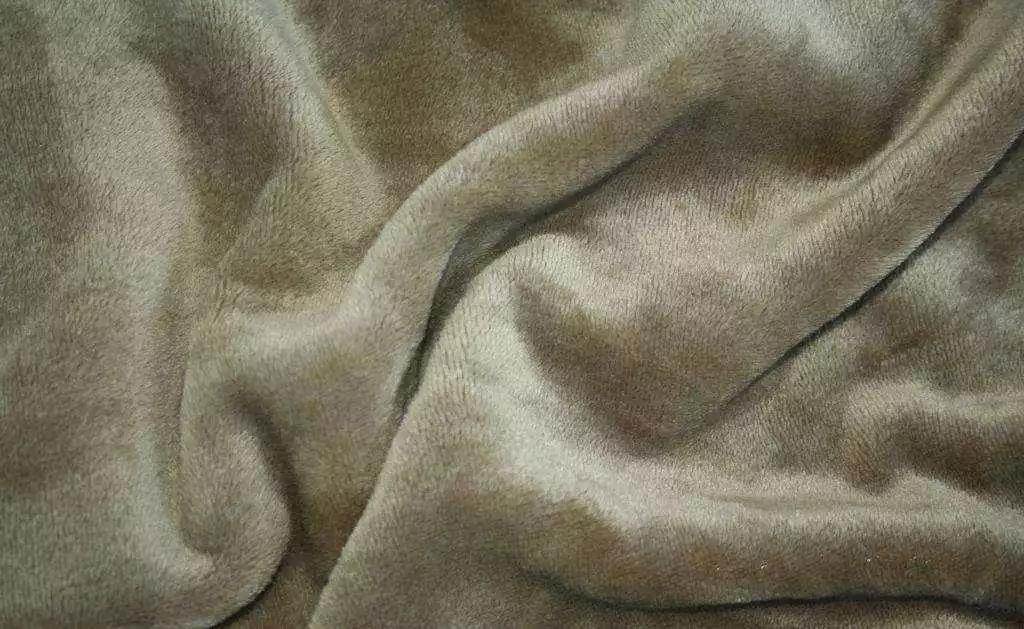
What is flannel
Speaking of Many people’s impression of flannel fabric remains in pajamas, bedding, etc.
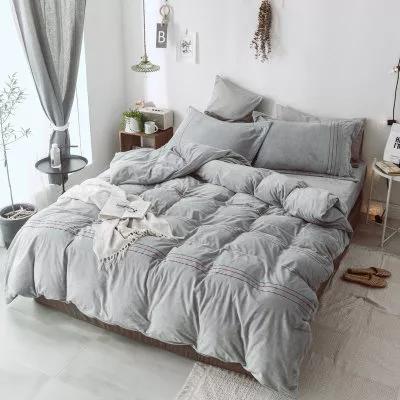
During the Second World War, former British Prime Minister Winston Churchill held a submachine gun, a cigar in his mouth, a bowler hat on his head, and You must be familiar with the striped suit and the iron-blooded image of resolutely defending the interests of the British Empire. The fabric of Churchill’s suit was produced by Fox Brother, a long-established British textile factory that invented flannel for the first time in the world.
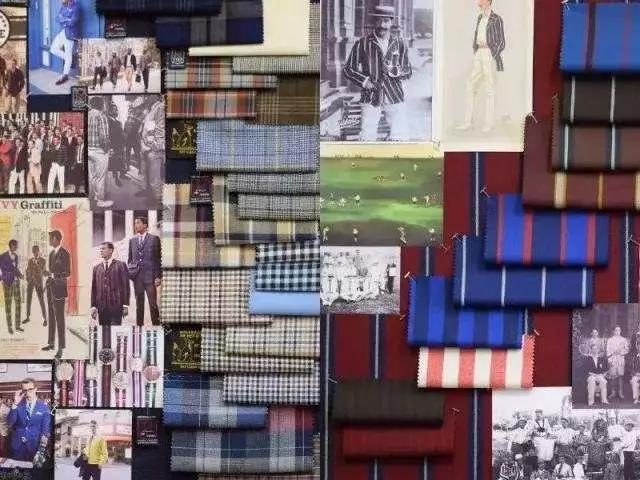
In terms of wool flannel used in suits, it is mainly divided into worsted (wool) flannel and woolen (wool) flannel. No matter what kind of flannel it is, it has one common feature, that is, its surface will be brushed with a layer of fluff. It is precisely because of this layer of flannel that flannel is called flannel.
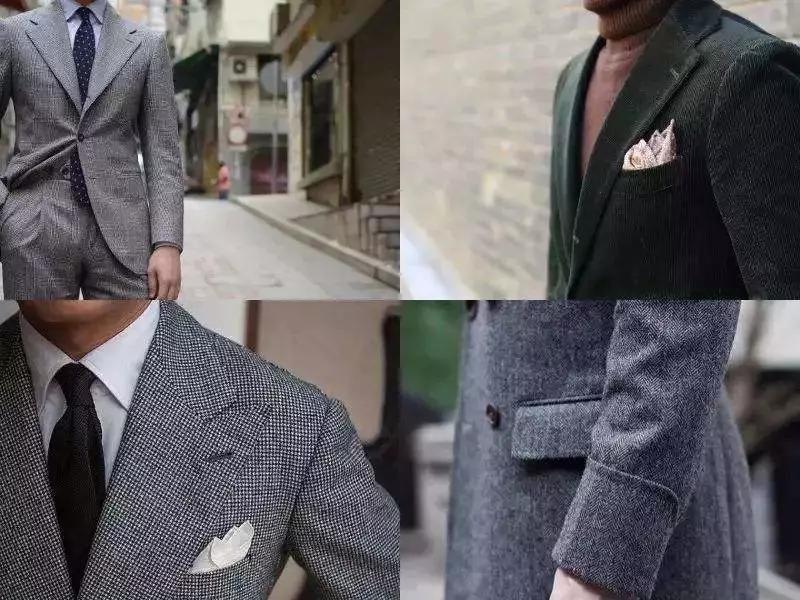
This layer of flannel not only gives the flannel a “gentle” touch, but also allows air to remain between the flannel, making it It is accumulated in the fabric to isolate the cold air from the outside, thus achieving a good thermal insulation effect.
Flannel production process
Flannel The production of wool is to first dye part of the wool, and then mix in part of the original color wool, and then mix and spin it into a mixed-color wool yarn, and the fabric is made by milling and napping. Most of them use twill weave, and plain weave is also used. In addition to all-wool, the raw materials used are generally wool-viscosity blends, and some are mixed with a small amount of nylon fiber to improve wear resistance.
Purpose of flannel
Flannel is suitable for It is suitable for making trousers, tops, children’s clothing, etc. The thin type can also be used as fabric for shirts and skirts.
The raw material is 64-count fine wool, and the warp and weft are made of 12-count or above carded wool yarn. The fabric structure includes plain weave, twill weave, etc., and is finished by milling and raising. It feels plump and has fine suede. The weight of the fabric is about 260~320g/m2, and the thin one is about 220g/m2.
. Loose fiber dyeing is mostly used
, mainly black and white mixed with different shades of gray or milky white, light coffee and other colors. There are also piece-dyed plain colors and patterns such as strips and plaids. Flannel is also made of combed wool yarn or cotton yarn as the warp and carded wool yarn as the weft. Carded wool yarn is sometimes spun with a small amount of cotton or viscose.
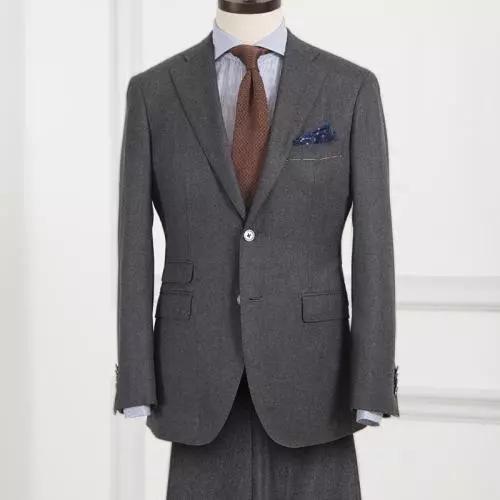
Characteristics of flannel
Rich and diverse colors
The bright appearance of flannel is one of the reasons for its enduring popularity, whether it is used for suits, coats, or shirts. Whether for work or leisure, flannel’s rich colors and patterns can meet the individual needs of different men.
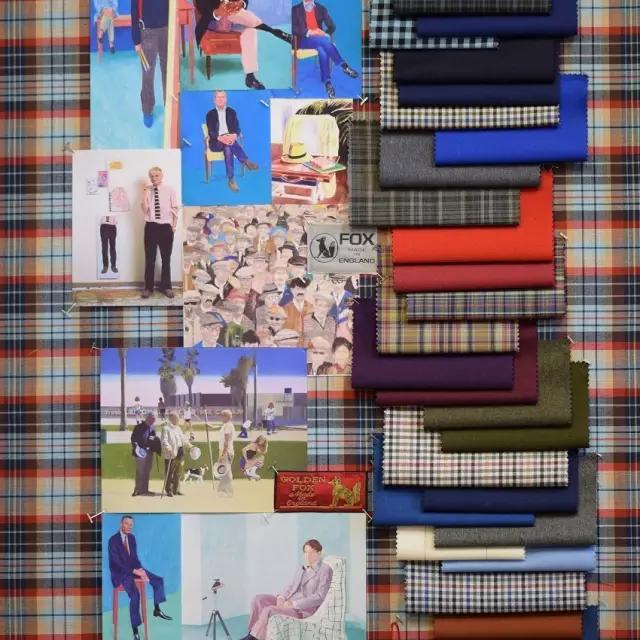
Comfortable and warm to the touch
Flannel Max Its characteristics are its soft touch and fine velvet surface. This layer of velvet not only gives the flannel a gentle touch, but also allows air to stay between the velvet, allowing it to accumulate in the fabric and isolate the outside. of cold air, thereby achieving a good thermal insulation effect.��.
The difference between flannel and coral velvet
From In terms of fabric characteristics and thermal insulation effect, both flannel and coral velvet fabrics, with soft fluff on the surface, are comfortable to wear and have good thermal insulation effect. However, from the perspective of manufacturing process, these two fabrics are completely different. There are also differences in the woven textiles after careful comparison. What are these differences?
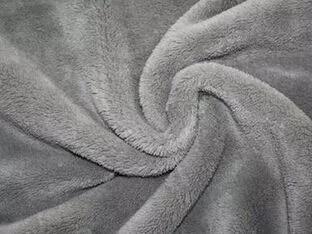
Introduction to the difference between flannel and coral velvet 1
Flannel fabric is made by dyeing the wool before weaving, and then adding the original color wool and blending it. It adopts twill weaving and plain weaving technology, and undergoes milling and napping treatments at the same time. The knitted product has Soft and tight characteristics.
The fabric of coral velvet uses polyester fiber as raw material. The weaving process mainly goes through heating, deformation, cooling, shaping, etc. The weaving process is also improving and improving year by year. Upgrade and constantly add new processes to make the fabrics have richer layers and rich colors.
Introduction to the difference between flannel and coral velvet 2
From the selection of raw materials, we can see that the wool raw materials used in flannel are very different from the polyester fibers used in coral fleece. From the finished products, we can find that the flannel fabric is thicker and the density of the plush is very tight. , the density of coral velvet is relatively sparse. Due to the raw materials, the feel of the velvet is also slightly different. The feel of flannel is more delicate and soft. At the same time, the thickness and warmth of the fabric are also different. The method of using wool as raw material Lan velvet is thicker and warmer.
From the selection of production process and raw materials, we can clearly understand the difference between flannel and coral velvet? Comparing the feel and warmth effect of the fabrics, flannel made of wool is superior. Therefore, it can be seen that the difference between the two fabrics lies in the cost of the fabric, the warmth effect, feel, density of the fabric’s fluff and whether it sheds, etc.
